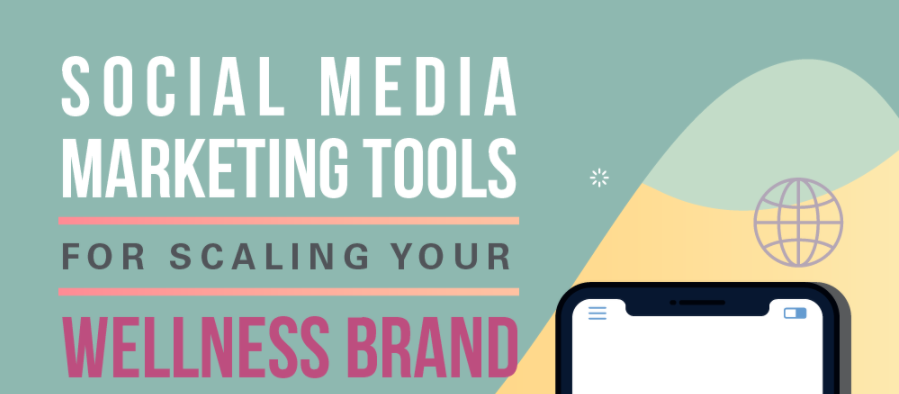It used to be that having a single-language Ecommerce website was enough – you just choose the language based on the demographic you want to attract to your store. If it’s a global site, you would choose English, and if it’s a local online store, you would choose the local language. Easy and straightforward.
Yet nowadays, we are witnessing numerous trends, one of which is a rise in multilingual Ecommerce sites around the world, especially in global stores, but also on websites that operate locally but want to cater to foreigners as well.
This shouldn’t surprise you, as the modern online customer is looking for a seamless shopping experience, and that means that they are looking for a website that can speak to them in their own language.
Creating a multilingual store is, therefore, a sensible business decision and a good way to keep your shoppers on your site longer, as it allows you to reach a broader international audience. Here are the five steps you need to take to create a thriving multilingual Ecommerce store of your own.
First up, choose your site-building platform
Okay, so the first thing you need to consider is which of the popular site-builders is ideal for your Ecommerce store, and how easy it is to work on this platform once you start optimizing your content and your site for a multinational audience.
There are numerous choices out there, including WordPress, Shopify, Magento, and more, so you will need to do your research and choose the one that offers the right security, scalability, and the numerous user-friendly features you need to run a great Ecommerce site.
For example, WordPress is a great all-around CMS, but its core functionality and infrastructure revolve around blogging and content creation. Even so, you can easily convert a WP site into an Ecommerce store (more on that in a bit). That said, alternative platforms may offer higher security and scalability, so it’s important to choose yours carefully.
Optimize the site for local SEO
Search engine optimization is an essential part of digital marketing no matter the type of online business you’re running. Simply put, you want the online world to know about you, and you want Google to position your store high in all relevant SERPs in order to boost brand exposure, elevate your reputation, and drive traffic to your store.
But when it comes to SEO for a multilingual Ecommerce website, you also need to think about your store’s ranking in the local search results. After all, why should Google put your brand on its first page in China if you haven’t optimized your site for that marketplace?
With that in mind, be sure to incorporate relevant local keywords into your copy, create geo-targeted content, optimize your site for mobile, and optimize title tags, meta descriptions, headers, and URLs for the local market.
Translate your content across the site
Okay, on to the good stuff. The “problem” with creating a multilingual Ecommerce store is that it’s a lot of work. Like, a lot. Unless you’re trying to drive your business into ground by using Google Translate, you will need to manually translate every page, every brand message, every product description.
Every. Single. Word. Oh, the humanity.
Yet it has to be done if you are to cater to a global audience, as well as the expats shopping online in your country. An interesting example on this topic is the recent post on the popular news portal Week In China about the forward-looking companies that are creating solutions for expats and translating Chinese Ecommerce sites for non-native speakers. In turn, this allows foreigners to use Chinese websites and so the local Ecommerce industry continues to grow.
What this means for you is that you need to translate your content across the board, but that you can also cater to a specific niche if you are operating locally but want to incentivize foreigners to shop on your site while they’re in the country.
Install the right plugins on WordPress
We’ve established by now that WordPress is the most popular CMS platform on the web currently (otherwise it wouldn’t host over 30% of all websites), and that it’s a fine choice for building an Ecommerce store. That said, you need to leverage the power and potential of the platform’s plugins if you are to create a seamless Ecommerce experience for your customers.
Arguably, the most popular plugin is WooCommerce, although there are numerous options out there. Some are free, most are freemium, and others are exclusively premium, so you need to choose the one that has the right features for your current needs, but can also scale easily as you grow.
Offer currency conversions for every market
And lastly, don’t forget to offer currency conversion for your international customers. Sure, everyone can do a quick conversion on Google, but why should you needlessly increase customer effort by making them open another tab if you can just showcase your prices in their local currency right then and there?
Remember, every time a customer ventures off your site, even for a second, there is a small chance that they won’t come back. This is one of those convenience factors most customers are looking for nowadays, so be sure to accommodate their needs.
In closing
Ecommerce sites are increasingly becoming multilingual in an attempt to develop a stronger competitive advantage and appeal to the modern global audience. You want to be a part of that group. Use these tips to build an amazing shopping experience for your customers, and optimize your online store to attract and close every customer regardless of where they’re from.
Related Posts
A digital marketer from Sydney. Works as a blogger, Senior Editor for Bizzmark blog and a lecturer at Melbourne University. Tweets industry related articles.







